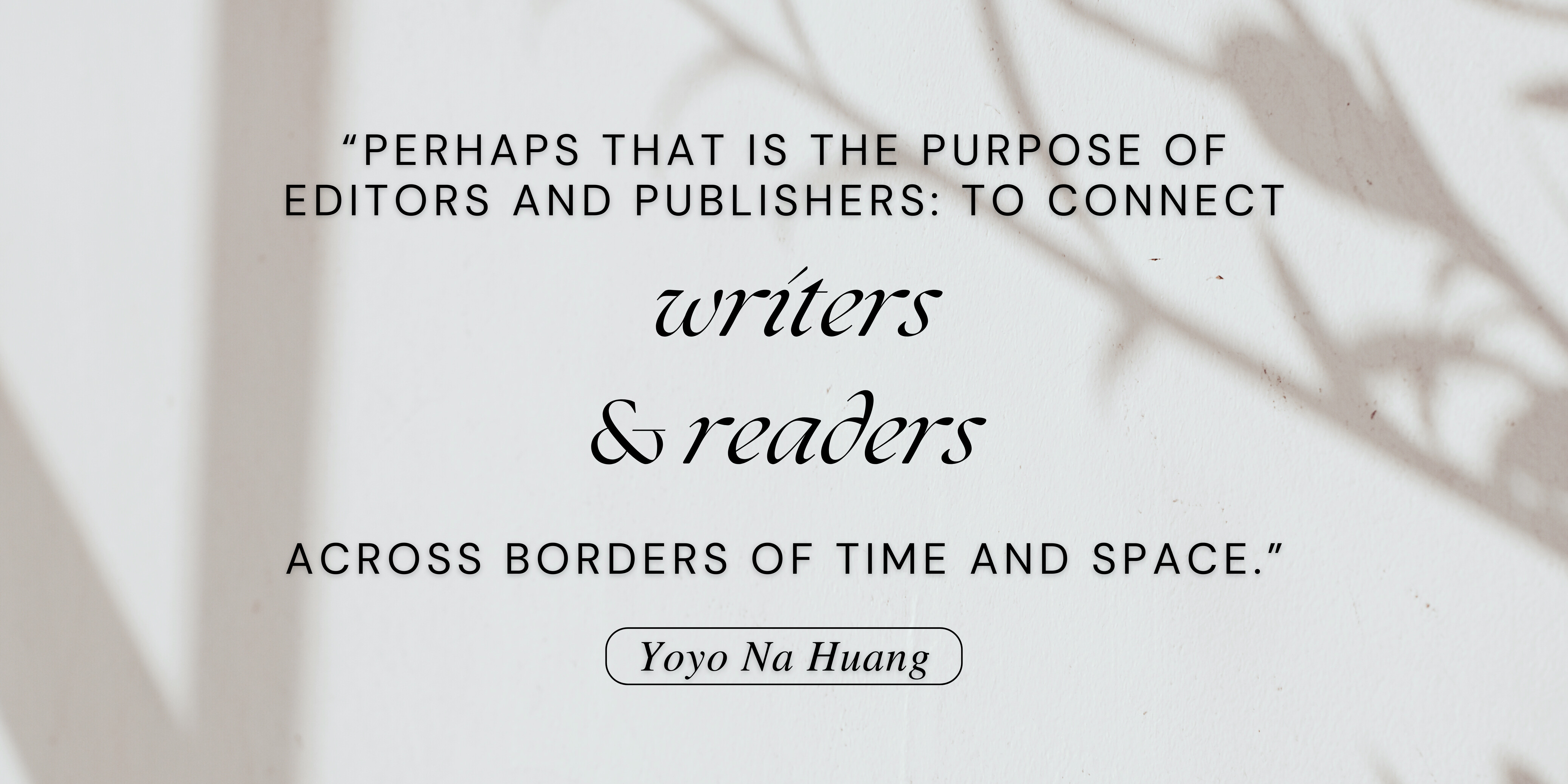Spectrum Across Time: A Young Writer’s Encounter With a Decades-Long Legacy

As a student, and as a young writer, I am often battling time. I transferred to the College of Creative Studies’ Writing and Literature major in the spring of my freshman year and instantly felt that there was much catching up I needed to do. So when the opportunity to join Spectrum presented itself, I was sure to seize it.
Literary publishing is an industry I had adversely neglected up until joining CCS, despite long having dreams of becoming an author. It had never quite occurred to me that between writer and reader there was an entire business of people who sought for, selected, edited and eventually published writing for the world to see.
Upon joining Spectrum, I was tossed into the behind-the-scenes of the literary world that I long to become a part of. Backstage from the excitement and anxiety of wishful writers, I was met with a task that has transformed my perception of the life of the literary creative.
Over the past few months, Spectrum’s editors and fresh recruits have been conducting an equity and thematic audit of its published authors, beginning from 1957, when it was first established. Through the audit, I have come face-to-face with the lives of people I only learned of through their writing.
On a fateful day, I came across the name Hugh Ranson in the 1990 edition of Spectrum. I typed the name into the search engine and, like with all my searches, hoped to find a source that could tell me a bit more about this writer. To my surprise—and great delight—I found that he was about to give a presentation at the Santa Barbara Public Library the very next day. In a bout of excitement, I arranged my schedule to accommodate this timely discovery.
A recently retired school teacher, Hugh Ranson has been a birder since the age of 12 and is currently a bird columnist for the Santa Barbara Independent. He moved to Santa Barbara from the United Kingdom in his youth and has stayed ever since. Santa Barbara is the perfect destination for birders to observe and capture varying bird species in the wild. On the chilly evening of November 21st, he shared his birding experiences with an audience at the Faulkner Gallery.
With no knowledge of birding and a fear of birds, I quietly sat in the back of the gallery room, awaiting a chance to speak with the presenter. After the presentation was over, I approached Hugh and introduced myself.
When I told him that I was a student in CCS, he eagerly shared that he, too, once studied in the very building I frequent on a weekly basis. He was surprised that I had found him through Spectrum and was joyed to hear that our dear literary journal had survived the test of time. Our brief meeting filled me with a euphoric sensation as I felt the wheels of time turning to allow for such a fortuitous encounter.
A few days after, I sat down with Hugh on the small patio of a coffee shop in Isla Vista. We talked about the Spectrum that was familiar to us both, of CCS, and of all the people who were inadvertently tied to our conversation.
I learned that Hugh had left home in search of adventure when he arrived in Santa Barbara. As a birder, the magnetic pull of the city’s flourishing natural environment had compelled him to stay. An opportunity to take a class with Max Schott, then instructor in CCS’s Literature program, prompted Hugh to apply to and eventually complete the program. During his time in CCS, he was active as a Co-Editor-in-Chief of one volume of Spectrum, and spoke fondly of his experience working alongside his peers to put together the journal. When he was not editor, he submitted the writing he did in class to Spectrum, many of which appear in the 32nd volume of Spectrum. Two such pieces of writing, “Samson Shorn” and “Taking on The World,” Hugh shared, were inspired by his personal experiences.
Hearing of its continuing legacy, Hugh was eager to submit to Spectrum again. Though he admitted that the new form of online submission troubled him a bit, his passion for writing remained undimmed. He spoke of a story he had written during his time at CCS that he would like to submit and I encouraged him to share some of the photos he had taken on birding expeditions as well. We ended our conversation on a confident note that we shall meet again, perhaps behind the scenes of Spectrum.
Getting to know Hugh Ranson led me to think about how physical documentations of literature can dissolve the restraint of time to connect people. Perhaps that is the purpose of editors and publishers: to connect writers and readers across borders of time and space. Hugh’s long standing love for writing and birding also inspire me to make the most of my time in CCS doing what I enjoy without being rushed by anxiety, for what I truly love to do should accompany me far after my school days.
* After this conversation, Hugh Ranson was able to fact-check the content of this article.